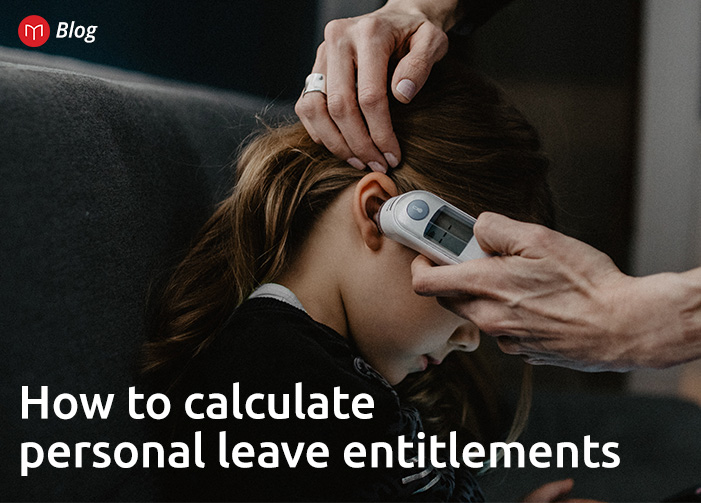In August 2019, a decision by the Federal Court regarding the accrual of personal leave created some insecurities regarding the method for calculating leave entitlements. That decision has now been reversed by the Australian High Court, and if you’re not too worried about the technicalities, we just want to inform you that this latest decision aligns with the method of accruing we use as a standard in Microkeeper.
A bit of background
Winding the clock back to 2017, a dispute arose about a new enterprise agreement at Mondelez’ Cadbury plant in Tasmania. In the Fair Work Act, leave entitlements are expressed in terms of “days” instead of “hours”, clarification was needed to ensure leave entitlements covered the minimum “10 day” requirement.
Mondelez and the Australian Manufacturing Workers’ Union took the case to the Full Federal Court to find out which interpretation of leave entitlements should apply.
Mondelez argued the maximum amount of paid personal leave under the Fair Work Act should be based on 7.6 hours per working day, while the union argued that a “day” should be counted based on ordinary hours of work. In this case some employees would be entitled to 120 hours annually, based on ten 12-hour shifts based on ordinary hours of work.
In August 2019, the majority of the Full Federal Court accepted the arguments put forward by the union. In doing so, they interpreted employees should be compensated for all of the ordinary hours that would have been worked on the day of absence.
Over to the High Court
Fast forward to August 13th 2020, and the High Court, which is the final court of appeal in Australia, reversed the decision from 2019 by a 4:1 majority. Their Honours argued the interpretation of the Federal Courts produced outcomes that would “give rise to absurd results and inequitable outcomes”.
In the scenario outlined by the Federal Court employees who work part-time for one day a week could for instance be absent for up to two-and-a-half months annually on paid personal leave. In this situation anyone working one day a week would be accruing personal leave five times faster than a full-time employee. Another difficulty of this approach was that at no point in time it was possible to determine how much personal leave an employee had accrued.
The High Court ruled instead that one “day” refers to an average of 1/10th of the equivalent of an employee's hours of work during a fortnight. If you’d like to find out more information about this decision, you can find it here: https://www.fairwork.gov.au/about-us/news-and-media-releases/website-news/high-court-decision-accrual-of-personal-carers-leave
What does this mean?
This ruling by the High Court aligns to the widely accepted way of calculating personal/carer’s leave accrual. Unless a company changed the method of accrual based on the 2019 decision of the Federal Court, there most likely won’t be a need to adjust payroll practices.
But, for the sake of clarity, going forward:
- Ten days of personal/carer’s leave under the National Employment Standards is calculated based on 1/26 of an employee’s ordinary hours of work in a year. In other words,. any employee will have “a fortnight of ordinary hours” worth of personal/carer’s leave available per year.
- It is still allowed to agree to more beneficial arrangements through a contract or industrial instrument.
How to calculate accrued paid sick and carer’s leave?
You can use the updated leave calculator on the Fair Work website here
If you're using Microkeeper, personal leave accrual will automatically be calculated progressively from the first day of work of all full time and part time employees, with the exception of casual staff.
Here to HelpIf you have any questions about leave entitlements in Microkeeper, we offer free, ongoing support via our phone, email or webchat. |
DISCLAIMER -- We wrote this blog as general information only, it's not meant to be used to address any specific circumstances of particular people, businesses or other entities. We're trying to provide our readers with information at the time we're posting this, but we can not guarantee that the information in this article is still accurate at the time you are reading it.



.jpg)